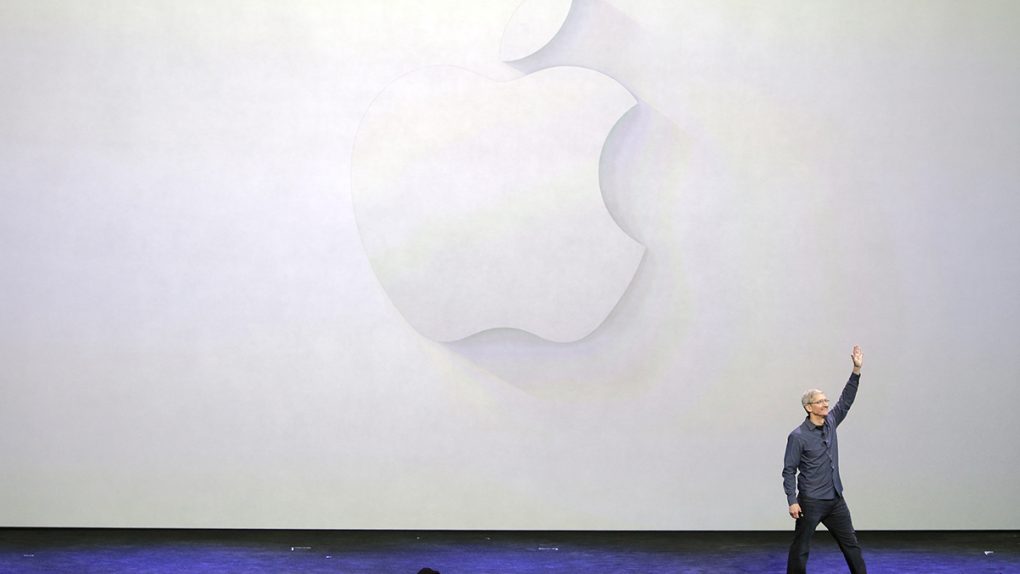The US Senate asked Apple various questions about the recently discovered iPhone slowdown practice. The iPhone maker issued a response on February 2nd, which was made public on Tuesday. In it, Apple explains the whole iPhone battery mess, providing a timeline of events, existing fixes as well as other mitigations for the future.
Apple’s explanation proves that the worst thing about the iPhone slowdown is that Apple lied about having informed users of what was about to happen once iOS 10.2.1 was released last year.
The first time Apple acknowledged that it hasn’t informed its customers properly back in January 2017 was a few weeks ago. “When we did put [the software update] out, we did say what it was, but I don’t think a lot of people were paying attention,” Apple’s Tim Cook said in an interview with ABC News. “And maybe we should have been clearer, as well.”
The letter to Congress makes that sort of misinformation even clearer.
First of all, Apple released the iOS 10.2.1 update in January 2017, a month before it actually tried to tell us what the update did.
“We first delivered this power management feature to iPhone 6, iPhone 6 Plus, iPhone 6s, iPhone 6s Plus, and iPhone SE as part of iOS 10.2.1, in January 2017,” Apple explains.
Then, in February 2017, it “told” users about the slowdown.
“Once we verified that the feature was effective in avoiding unexpected shutdowns, we updated the iOS 10.2.1 ReadMe notes in February, 2017. Specifically, the iOS 10.2.1 ReadMe notes said that this update ‘also improves power management during peak workloads to avoid unexpected shutdowns on iPhone,” Apple said.
I’m sorry, Apple, but telling users in an updated change log, a month after the update, that the update “also improves power management during peak workloads to avoid unexpected shutdowns on iPhone” will not make me realize that the phone will be slowed down in certain cases.
Don’t get me wrong, I do understand why Apple had to revert to this fix. I happen to have been an iPhone 6s user right until the iPhone X rolled out, but I never noticed the slowdowns. Nor did I experience annoying iPhone shutdowns before the iOS 10.2.1 rolled out, although it may have shut down a few times overnight from what I can recall. I did replace the battery of the iPhone 6s long before the iPhone slowdown scandal was unearthed, as I was preparing it for a new life with a family member. Finally, I’m also a non-believer in the theory that Apple intentionally slows down iPhones to sell newer models.
But telling iPhone users that you warned us about what was going to go down, is a pretty huge “alternative fact,” Apple. That has been my main complaint all along. I wish I knew in advanced that iOS is clever enough to slow down the iPhone so that it doesn’t die unexpectedly. I wish I had the option of turning the feature down, just like it’ll happen from now onward.
Republican Senator John Thune, who penned the initial letter to Apple, also acknowledged in a statement that Apple’s disclosures of the update “came up short.”
“I appreciate Apple’s response to my inquiry and the company’s ongoing discussions with the committee,” Thune said, according to Business Insider. “In those conversations, Apple has acknowledged that its initial disclosures came up short.”
“Apple has also promised the committee some follow-up information, including an answer about additional steps it may take to address customers who purchased a new battery at full price,” he added.
Apple’s full letter follows below.








